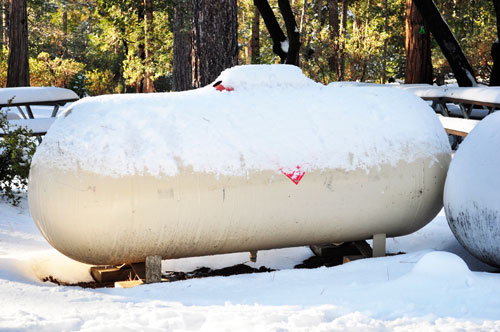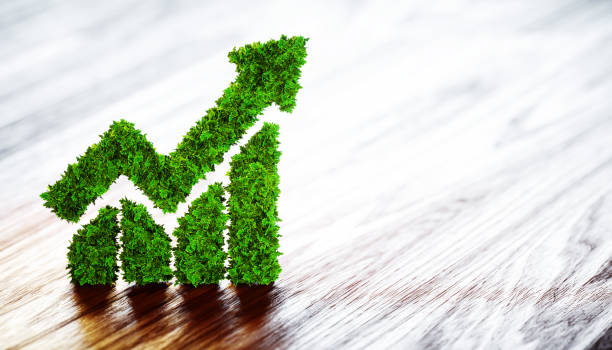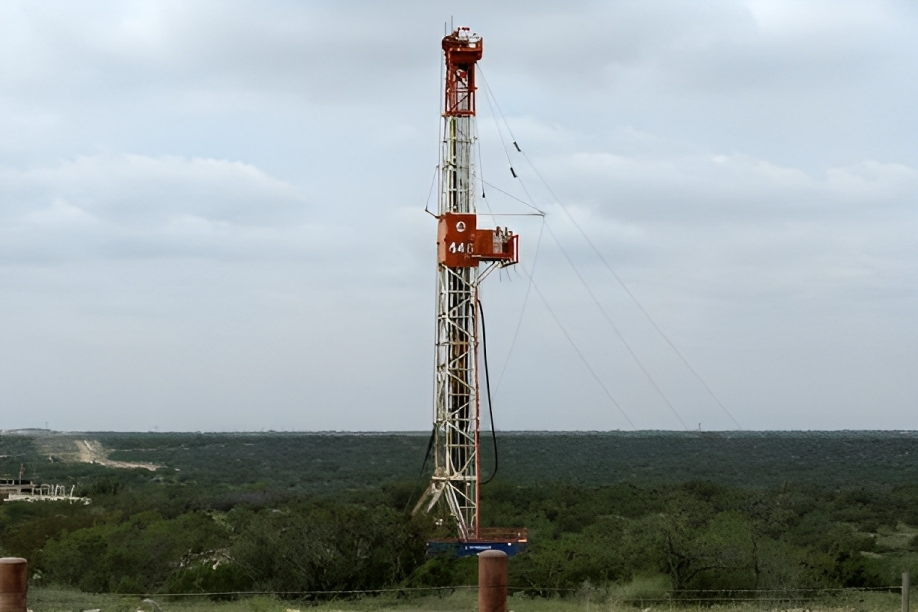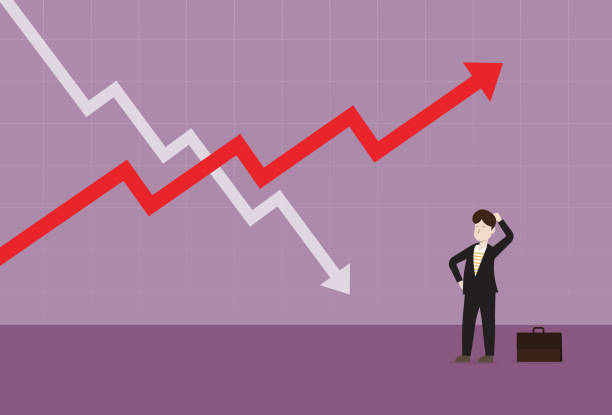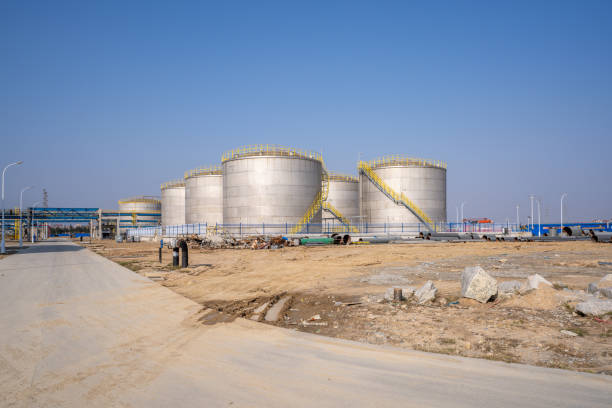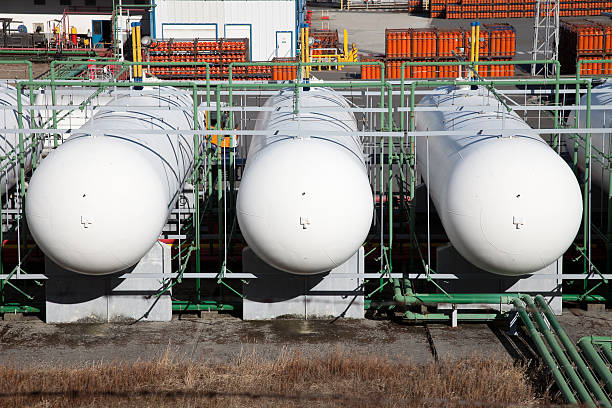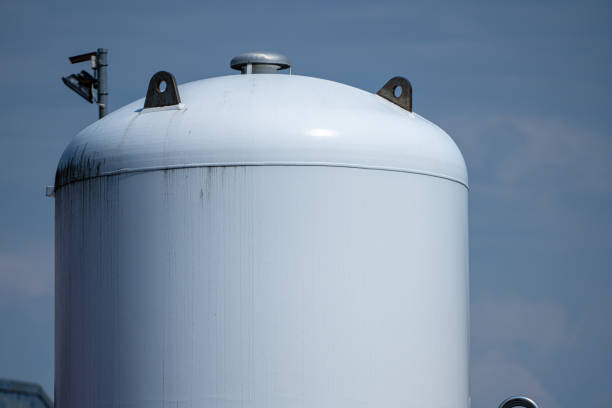Why Propane Prices Are Higher This Winter
Propane prices have been higher this winter than last year, mainly due to colder temperatures in January and increased propane exports. Even though propane inventories were substantial at the start of the heating season, the combination of freezing weather and demand from overseas markets has driven prices up. Wholesale Propane Prices Are Rising Wholesale propane… Continue reading Why Propane Prices Are Higher This Winter

